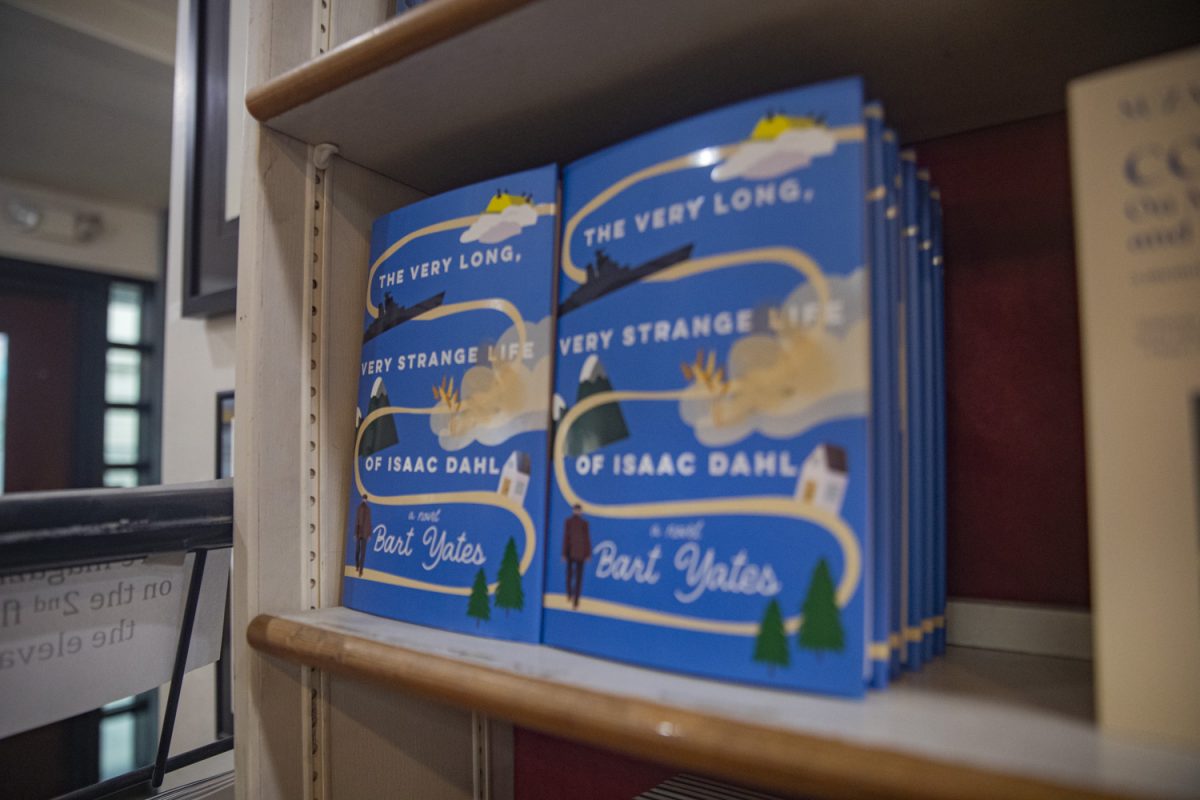The Northwest Passage is a route sought by sailors for centuries to allow unhindered passage from Europe to Asia. It wasn’t until a voyage made by Roald Amundsen in 1903-06 that the endeavor was successful. Unfortunately, the journey lasted three years and was set in the perilous Arctic waters north of Canada.
Today, even with melting polar ice caps and ships built to better endure the environment, the dangers persist.
From today through March 25, visitors of the Old Capitol Museum will have the opportunity to see photos and gear used on such a voyage. At 5 p.m. today, Iowan David Thoreson, the sailor and photographer who set out on the Northwest Passage expedition, will speak about his experience.
"The subject was brought to me by one of my volunteers, who showed me his book, One Island, One Ocean," said Shalla Ashworth, the museum’s director of operations. "[The exhibit has] photos and text panels of his trip. There are maps, equipment that he used, and an iPad displaying his journal entries."
In addition to his travels through the Northwest Passage, the exhibit includes documentation of his 2009 circumnavigation of the Americas.
"Having sailed the world, his pictures really give a sense of discovery, almost like you’re actually there," said Casey Westlake, the communications coordinator and assistant to the director at the museum.
Thoreson’s trip through the Northwest Passage was made on Cloud Nine, a 64-foot sailboat.
Though he first attempted the venture in 1994, it wasn’t until 2007 that he and his crew were successful, marking the first time an American sailboat has made the journey.
"The most challenging part [of the trip] is the wear and tear," he said. "Not just on the boat, but the crew. It’s cold; you’re out in the elements. On the 1994 voyage, we had to call the Canadian Coast Guard to remove an injured crew member from the boat. Another crew member collapsed at the end of the trip because he had lost 30 pounds. It can be hard to spot that sort of thing with thick winter clothing and a beard. The trip wears on you, body and mind. You have to understand what might happen when you set off."
A large part of the exhibit is meant to show the changes in the many places Thoreson visited over the years.
"There was a tremendous amount of ice; we nearly lost our vessel a number of times [in 1994]. On a sailboat, you generally don’t have a powerful enough engine to push through the ice," Thoreson said. "When we went again in 2007, we found the environment changed. There was less ice."
Offering an eye into a place where humans’ effect on the environment is so visible, Thoreson hopes to give an honest perspective on how our world is being changed.
"I really want to challenge people to look at issues of climate change and global warming without bringing in politics," he said. "I want to challenge people to think in different ways."






